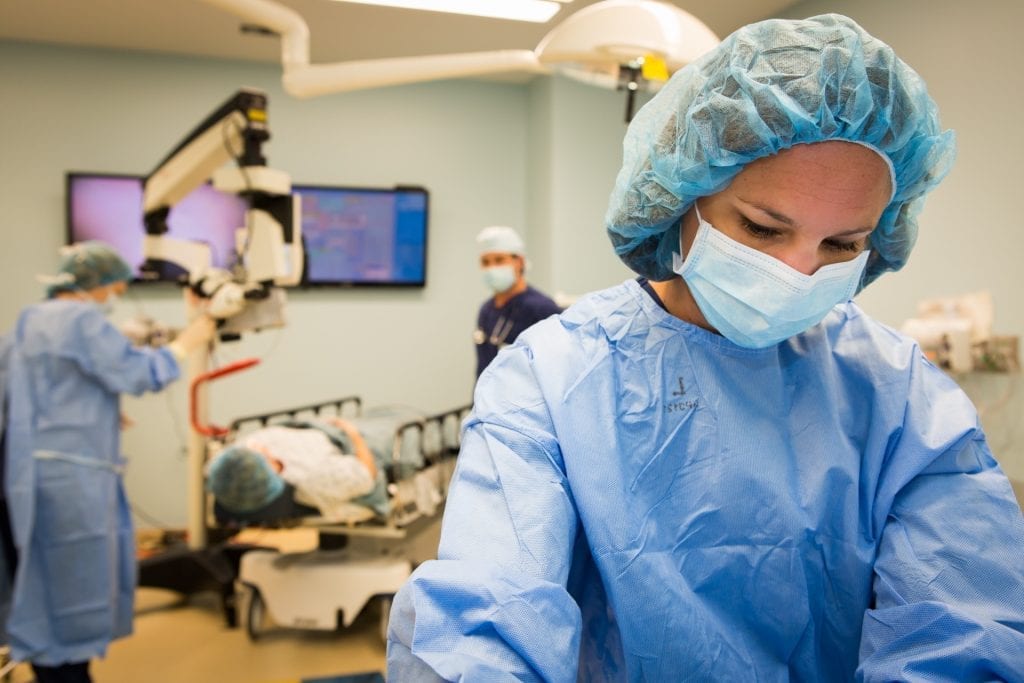Laser Eye Surgery Risks You Should Definitely Consider
May 11, 2020
Laser eye surgery risks and benefits still pertain to the elective eye reconstruction process. This despite significant improvements and a success rate that show complications are rare compared to its 1990 introduction.
Indeed, the risks of laser eye surgery have been stated as matters that are significantly less than the reward. Namely, reduced need for the use of glasses or contact lenses, and even the increased likelihood of 20/20 vision.
However, go into the procedure with your eyes wide open. Because the risks still remain. Furthermore, we’re capable of helping you if your eye surgery goes bad.

Types of Laser Eye Surgery and Their Risks
Before you can address the side effects of eye surgery, we feel it’s necessary to share what kind of surgical options you have.
In total, the NHS recognises three particular types: LASIK procedure, SMILE, and Surface laser treatments (including PRK, LASEK and TransPRK).
First, we’ll give you a brief explanation of all three types. Next, we list a few of the risks each type is known for. Finally, we’ll tie all general risks together regardless of the surgery type.
LASIK
Summary
In totality, LASIK eye surgery requires two lasers. One opens up a thin flap in the cornea’s surface of the eye. Next, the other laser subsequently reconstructs the cornea. Once the latter has completed that work, the protective flap mentioned at the top is re-placed where it was.
Risks
- Ectasia – a group of uncommon, noninflammatory, eye disorders. Ectasia is caused by bilateral thinning of the central, paracentral, or peripheral cornea.
- Diffuse Lamellar Keratitis – after LASIK, DLK is the accumulation of inflammatory cells between the flap and corneal stroma. It deserves the utmost care, as DLK needs to be treated quickly.
- Epithelial Ingrowth – another post-LASIK complication often occurring between the flap and the stromal bed in your cornea.
- Decentration – post-surgery occurrence where the optical centre of the lens has moved.
SMILE
Summary
SMILE stands for SMall-Incision Lenticule Extraction. Essentially, the SMILE surgical procedure reconstitutes your cornea with the use of a small, self-sealing hole. This laser eye treatment tends to suit those either with or without astigmatism, and it is effective in correcting higher degrees of myopia.
SMILE Risks
One American Academy of Ophthalmology report in 2018 shows the frequency of complications from SMILE as being roughly the same as LASIK.
Effectively, SMILE treatment presents the same risks as mentioned for LASIK. By contrast, studies show dry eyes are less common. As to additional risks, there are a few:
- Incomplete lenticule removal – because lenticules are the primary focus, any failure of this surgery will effectively affect the lenticules.
- There’s also the issue of Long term uncertainty. Basically, SMILE is the new kid on the block with eye surgery procedures. As such, long-term visual and refractive results are not certain.
PRK, LASEK and TransPRK
Summary
The so-called surface laser treatments remove the clear skin covering the cornea. Accordingly, the eye surgeon can then use an excimer laser to reshape the cornea. The outlier is that clear skin that had been removed is left to naturally grow back.
The procedure aims to allow light entering the eye to focus centrally on the retina. As a result, it should enable clear vision – free from contact lens and other eyewear.
Risks
All About Vision reveals that the elective surgeries within surface laser refractive surgery suit those with a higher degree of myopia. Dry eyes are less likely, but not completely out of the question. However, some vision disturbances are common, such as:
- Blurry vision, glare and halos.
- Varying degrees of correction, including over and under correction. Regression is another possibility, thus requiring a new procedure.
- Sometimes the surgeon removes the thin epithelial flap LASEK creates. This can exacerbate blurred or hazy vision difficulties.
- A dual risk is both eye infections and eye irritations, as well.
In essence, LASEK and PRK issues relate quite closely to LASIK risks.
General laser eye surgery risks
The NHS says that roughly 10% of people who have corrective laser eye surgery need follow up surgery of some sort. Moreover, it’s extremely rare to encounter complications from laser eye surgeries, such as LASIK surgery.
Additionally, the NHS cites some general risks for all eye surgery treatment procedures. These can include:
- First, there can be mild – even gritty – discomfort that often needs up to six months to subside.
- Red marks can appear on the white of your eye.
- Sometimes in spite of surgery success (even those of high quality), loss of vision can still occur
- Also, driving at night can be problematic after you’ve had eye surgery. In dealing with oncoming headlights, some visual disturbances occur.
Above all, make sure you see an eye specialist. Then, if the visual disturbances don’t subside right away, contact us. Above all, ensure you wear glasses where appropriate, and take steps to maintain strong eye health.
About Medical Negligence Experts and Laser Eye Surgery Risks
This post is part of our ongoing series covering the risks that come with eye surgery. We’ll keep you informed on the latest issues and risks. Because negligent medical practices regarding corrective eye procedures require helpful experts.
Be sure to read more about this topic:
